
Top 10 European Destinations to Visit in 2025
Europe's Must-Visit Destinations for 2025
Europe continues to captivate travelers with its rich history, diverse cultures, and stunning landscapes. This year, several destinations are emerging as particularly exciting places to visit. Here's our curated list of the top 10 European destinations to explore in 2025, complete with insider tips and fascinating facts that go beyond the typical tourist experience.

1. Vilnius, Lithuania
Lithuania's capital is gaining recognition for its beautiful baroque architecture, vibrant arts scene, and excellent culinary offerings. The city's Old Town, a UNESCO World Heritage site, is one of the largest and best-preserved in Europe.
Did you know? Vilnius is home to the Republic of Užupis, a self-declared "independent republic" within the city with its own constitution, flag, and even president. Originally established by artists on April Fool's Day in 1997, this bohemian district celebrates freedom of expression and creativity with a constitution that includes articles like "Everyone has the right to be unique" and "Everyone has the right to be idle."
Don't miss: The Hill of Three Crosses, offering panoramic views of the entire Old Town; Halės Market, where locals shop for fresh produce; and the quirky street art that adorns many of the city's walls.
2. Porto, Portugal

Known for its port wine and stunning riverside setting, Porto offers a perfect blend of historic charm and contemporary cool. Its colorful, terracotta-roofed buildings cascade down the hillsides to the Douro River, creating one of Europe's most photogenic cityscapes.
Did you know? The iconic Livraria Lello bookstore, with its stunning neo-Gothic interior and famous red staircase, is said to have inspired J.K. Rowling's depiction of Hogwarts. Rowling lived in Porto teaching English in the early 1990s and was a regular visitor to the bookstore.
Don't miss: A sunset stroll across the Dom Luís I Bridge; a visit to one of the historic port wine cellars in Vila Nova de Gaia; and the azulejo-tiled São Bento Railway Station, often considered one of the most beautiful train stations in the world.
3. Ljubljana, Slovenia
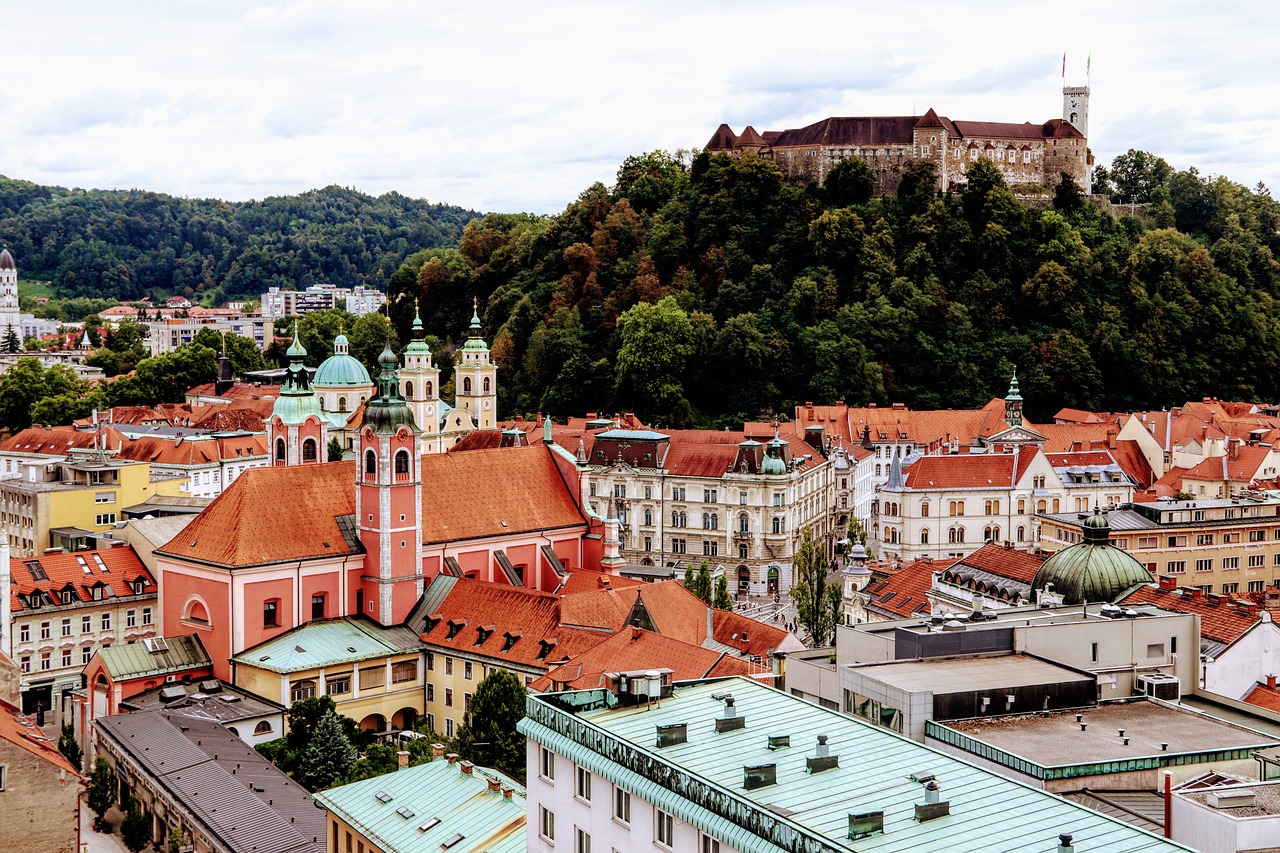
This green capital is becoming increasingly popular for its sustainable approach to tourism, beautiful architecture, and perfect location as a gateway to both Alpine landscapes and Mediterranean coastlines. The car-free city center is centered around the emerald Ljubljanica River, crossed by picturesque bridges.
Did you know? Ljubljana was the first European capital to commit to a "zero waste" strategy, with an impressive 70% recycling rate. The city center has been car-free since 2007, making it one of Europe's most pedestrian-friendly capitals. Also, Ljubljana's name likely derives from the Slovenian word "ljubljena," meaning "beloved."
Don't miss: The vibrant Central Market designed by famous architect Jože Plečnik; Ljubljana Castle with its fascinating Time Machine tour; and the alternative cultural center Metelkova Mesto, a former military barracks transformed into a creative complex.
4. Tbilisi, Georgia
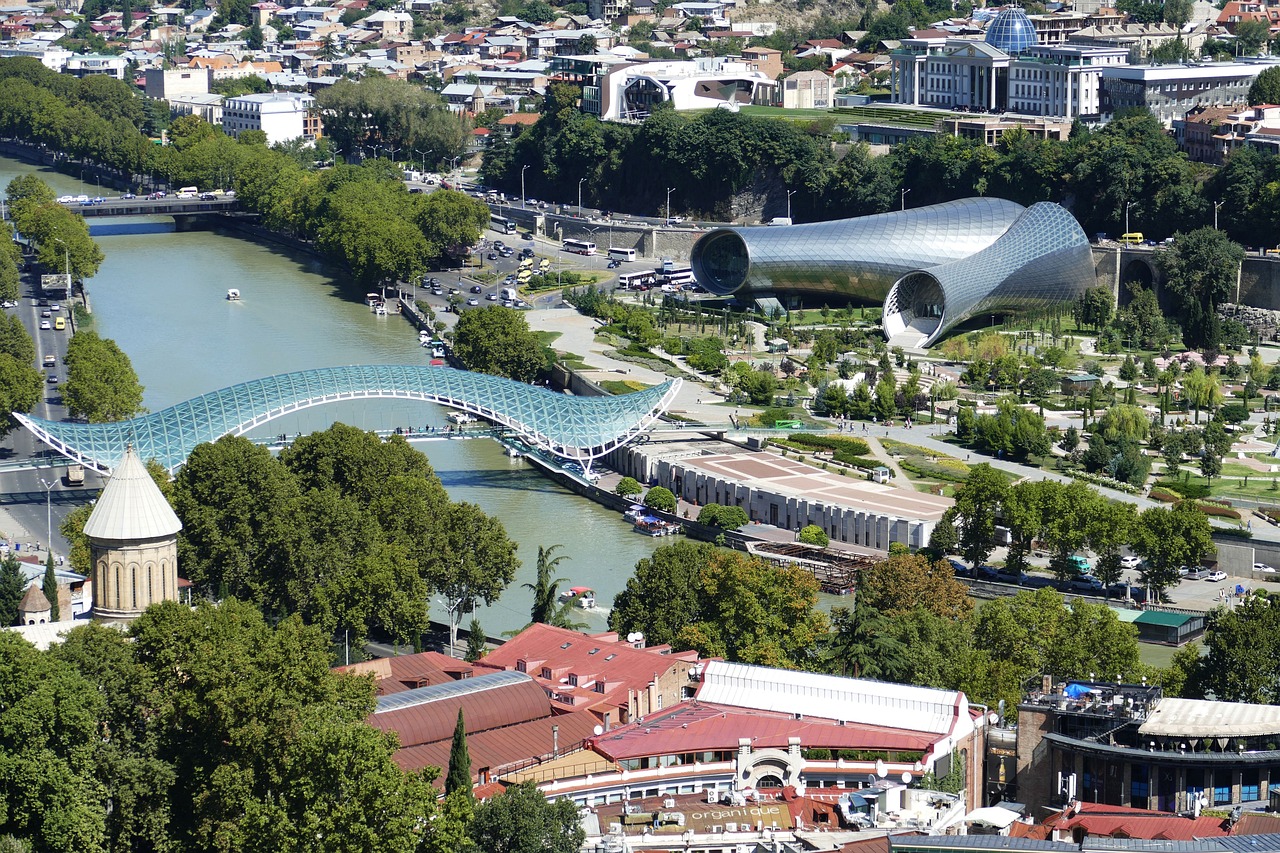
With its unique location at the crossroads of Europe and Asia, Tbilisi offers a fascinating blend of cultures, excellent cuisine, and stunning mountain scenery nearby. The city's historic center features a captivating mix of medieval, neoclassical, Art Nouveau, and Soviet architecture.
Did you know? Tbilisi was founded in the 5th century around natural hot springs, and the city's name comes from the Old Georgian word "tbili," meaning "warm." Georgia also claims to be the birthplace of wine, with an 8,000-year-old winemaking tradition that uses unique clay vessels called qvevri.
Don't miss: A soak in the traditional sulfur baths in the Abanotubani district; the ultra-modern Peace Bridge, which illuminates at night with thousands of LED lights; and a funicular ride up to Narikala Fortress for panoramic city views.
5. Bologna, Italy
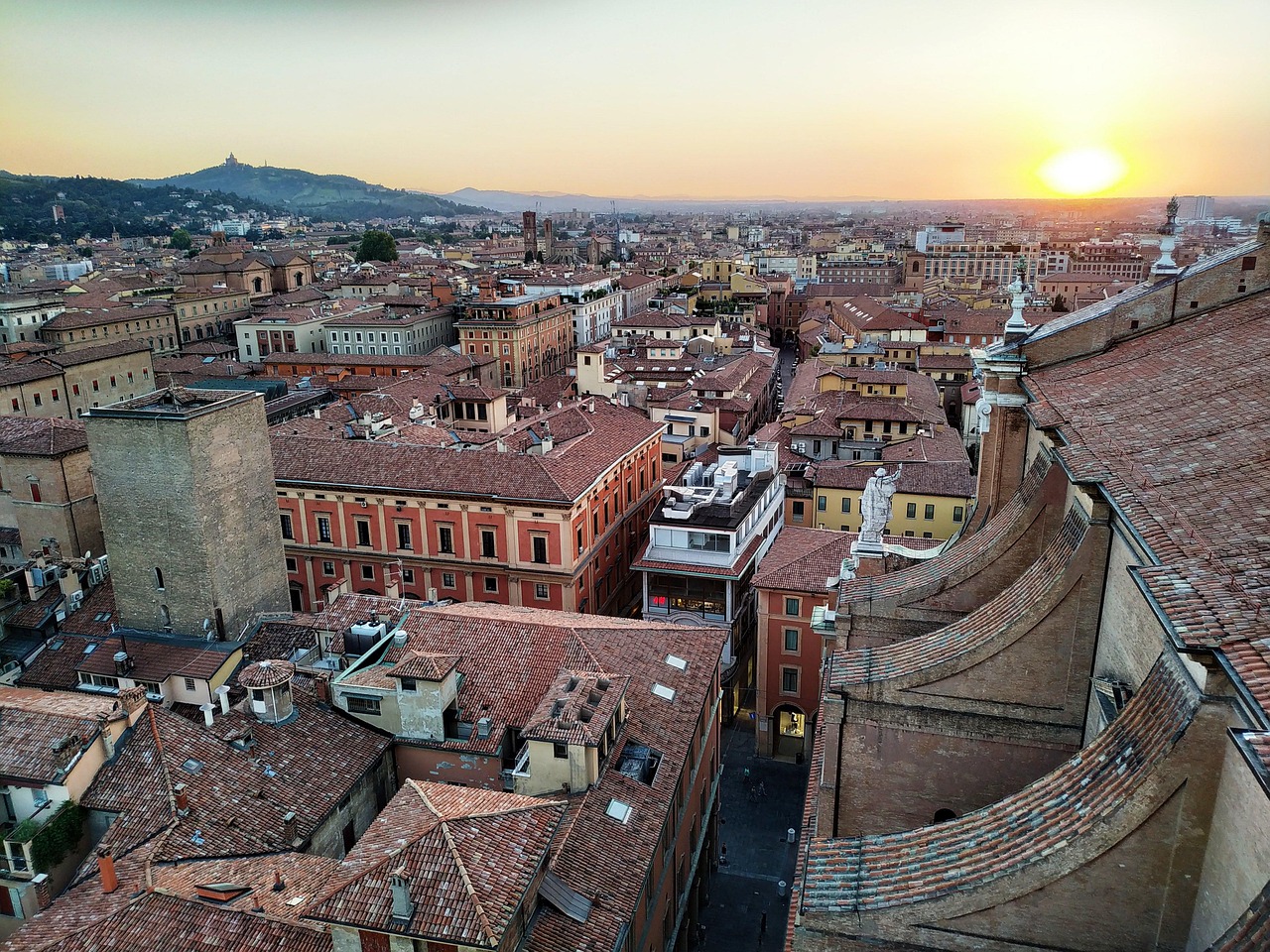
Often overlooked in favor of more famous Italian cities, Bologna offers authentic Italian experiences with fewer tourists. The city is affectionately known by three nicknames: "La Dotta" (The Learned) for its university, "La Grassa" (The Fat) for its incredible food, and "La Rossa" (The Red) for its terracotta buildings and left-leaning politics.
Did you know? The University of Bologna, founded in 1088, is considered the oldest university in the western world that is still in operation. The city is also home to over 40 kilometers of porticoes (covered walkways), which are UNESCO protected and have provided shelter from rain and sun for nearly 1,000 years.
Don't miss: A climb up the leaning Asinelli Tower for breathtaking views; the magnificent unfinished facade of San Petronio Basilica; and a meal at Quadrilatero, the medieval market area with food stalls and restaurants serving authentic Bolognese cuisine.
6. Tallinn, Estonia
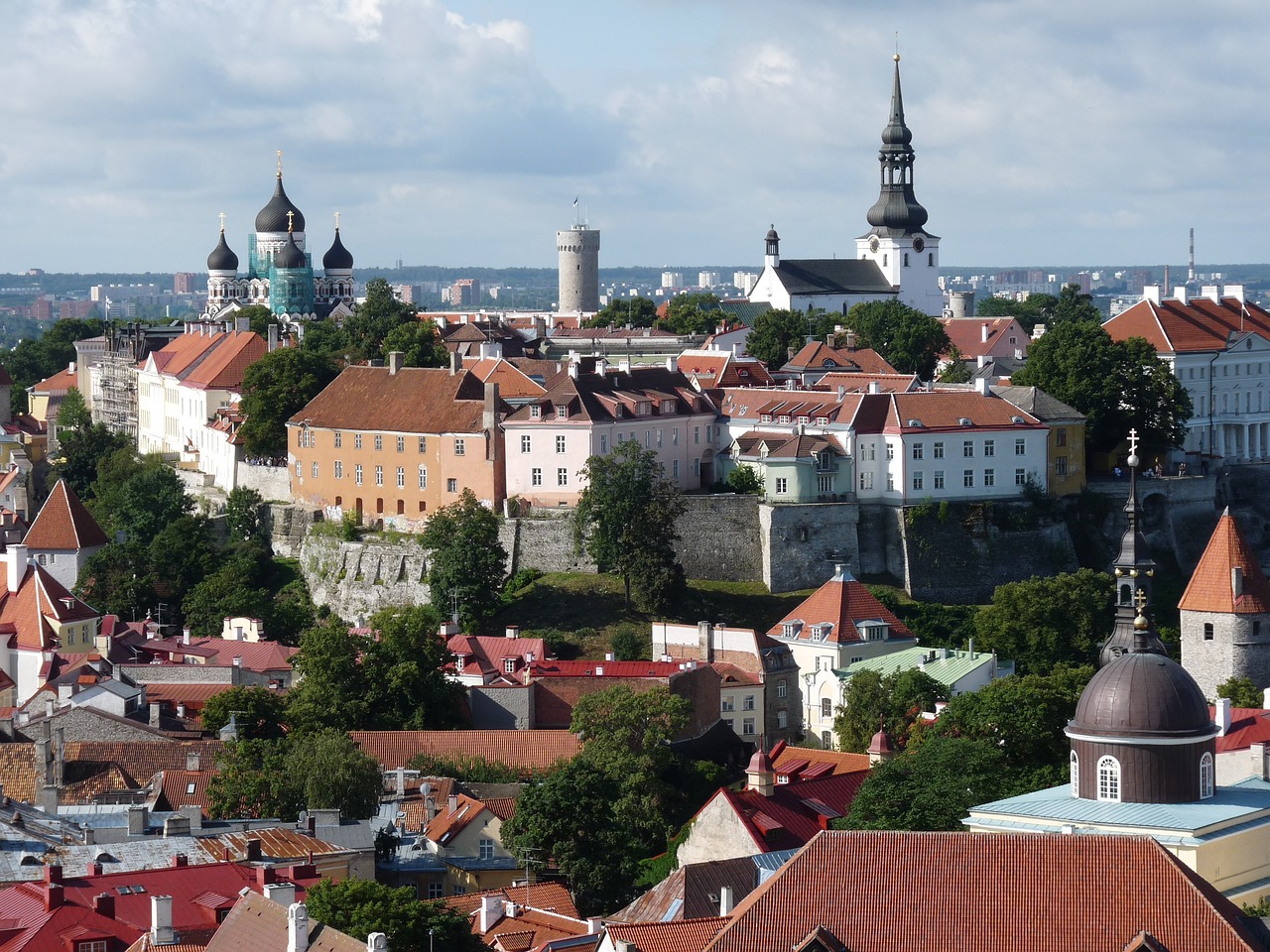
This Baltic gem boasts a well-preserved medieval old town alongside a thriving tech scene and modern districts. Tallinn perfectly blends old-world charm with digital innovation, earning its reputation as the "Silicon Valley of Europe."
Did you know? Estonia is one of the world's most digitally advanced societies, where citizens can vote online and access nearly all government services digitally. Tallinn was also the birthplace of Skype, and the city's Ülemiste City technology park is home to hundreds of startups and tech companies.
Don't miss: Visiting the viewpoints at Toompea Hill and Kohtuotsa platform; exploring the creative Telliskivi Creative City, a former industrial complex now hosting studios, shops, and cafes; and the impressive Estonian Maritime Museum housed in the historic Seaplane Harbour.
7. Valencia, Spain

Spain's third-largest city offers beautiful beaches, futuristic architecture at the City of Arts and Sciences, and is the birthplace of paella. It's also the 2025 European Green Capital, recognized for its sustainable urban development and extensive Turia Gardens - a 9km park created from a diverted riverbed.
Did you know? Valencia celebrates Las Fallas festival each March, when hundreds of elaborate satirical sculptures are displayed throughout the city and then ceremoniously burned on the final night. The festival has been declared an Intangible Cultural Heritage of Humanity by UNESCO. Also, the Holy Grail - yes, that Holy Grail - is said to be housed in Valencia Cathedral.
Don't miss: A bicycle ride through Turia Gardens; a visit to the Central Market, one of Europe's largest covered markets; and authentic Valencian paella (with rabbit and snails, not seafood!) at a restaurant in the Albufera Natural Park, where the rice is grown.
8. Krakow, Poland
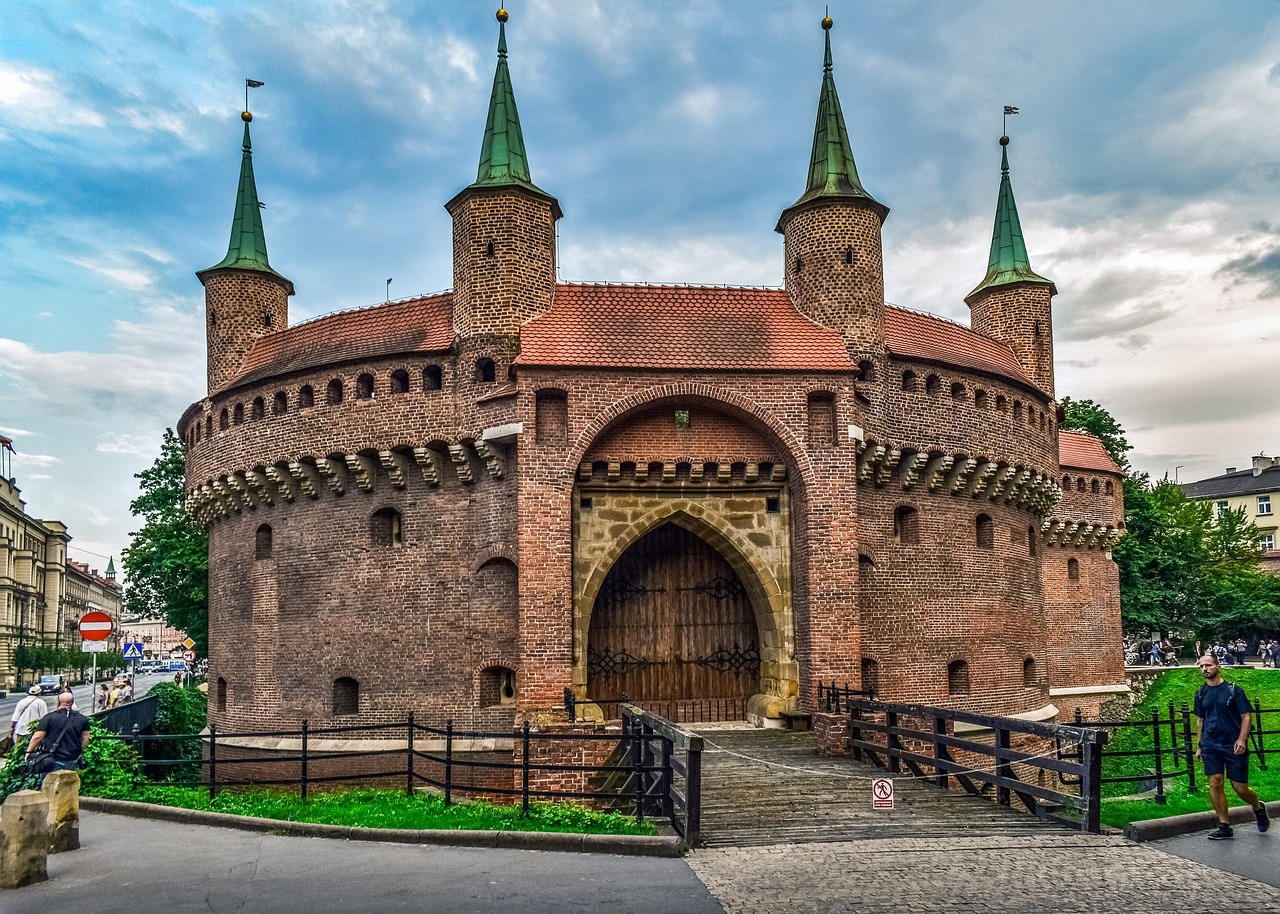
With its magnificent market square, historic Jewish quarter, and proximity to important historical sites, Krakow continues to be one of Central Europe's most captivating cities. It's one of the few Polish cities that escaped World War II without major destruction, preserving its architectural heritage.
Did you know? The Wieliczka Salt Mine near Krakow features an entire underground cathedral carved out of salt by miners, including chandeliers made from salt crystals. The mine has been in continuous operation since the 13th century, making it one of the world's oldest operating salt mines.
Don't miss: The atmospheric Kazimierz Jewish Quarter with its vibrant restaurant and bar scene; Wawel Castle, the ancient seat of Polish kings; and a day trip to the Tatra Mountains for breathtaking natural scenery just two hours from the city.
9. Ghent, Belgium
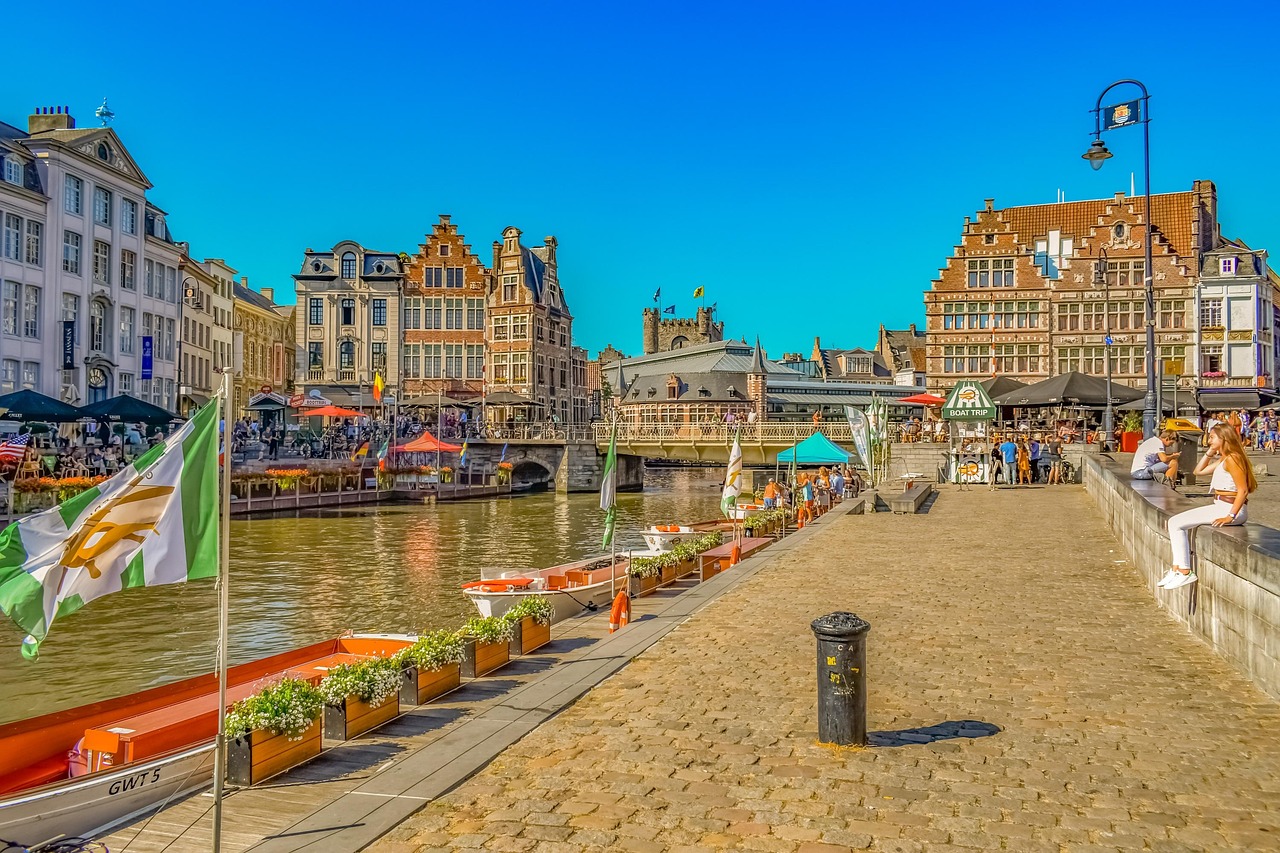
Less touristy than Bruges but equally charming, Ghent combines medieval architecture with a vibrant university town atmosphere and excellent culinary scene. The car-free city center makes it a pleasure to explore on foot or by boat along its picturesque canals.
Did you know? Ghent is home to the Adoration of the Mystic Lamb (also known as the Ghent Altarpiece), considered one of the most significant works of art in European history. Completed in 1432, it's been stolen multiple times throughout history, and one panel remains missing. Ghent also hosts the largest vegetarian festival in Europe and was the first city in the world to introduce a weekly "Vegetarian Thursday."
Don't miss: The stunning view from St. Michael's Bridge; a visit to Gravensteen, a medieval castle with a moat in the city center; and the vibrant Patershol neighborhood with its cobblestone streets and excellent restaurants.
10. Athens, Greece
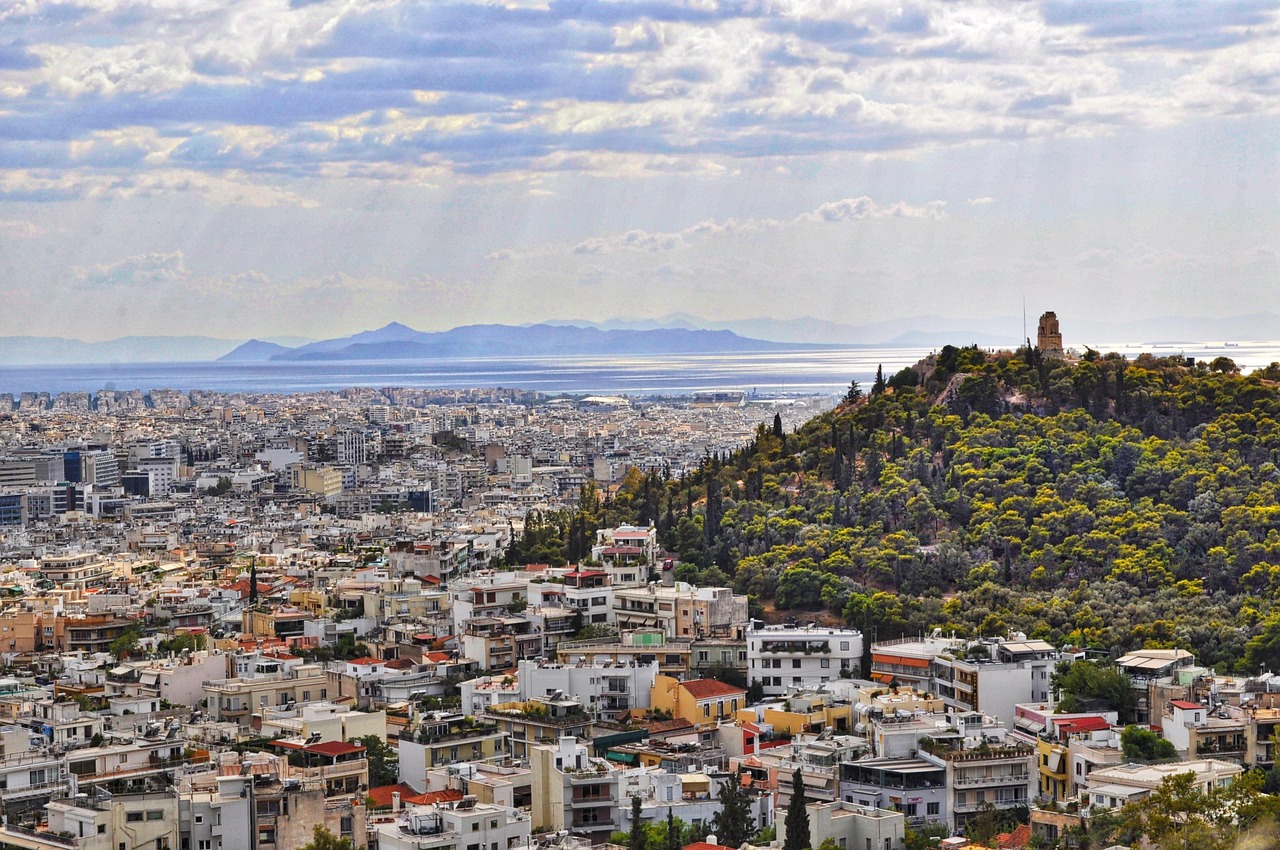
Beyond the Acropolis, Athens is reinventing itself with exciting new cultural spaces, a burgeoning food scene, and revitalized neighborhoods worth exploring. After years of economic challenges, Greece's capital is experiencing a cultural renaissance that makes it more than just an archaeological destination.
Did you know? Despite its ancient history, modern Athens is one of Europe's youngest cities in terms of its buildings. Most of the city was rebuilt in the 19th century after the Greek War of Independence. The National Garden in the center of Athens was once the private garden of Queen Amalia, who personally planted many of the 500+ plant species found there today.
Don't miss: The trendy Psiri neighborhood with its street art and bustling nightlife; the stunning Stavros Niarchos Foundation Cultural Center designed by Renzo Piano; and a sunset cocktail with Acropolis views at one of the city's many rooftop bars.
When to Visit Europe in 2025
For the best experience in these destinations, consider visiting during the shoulder seasons of April-May or September-October. You'll enjoy pleasant weather, fewer crowds, and often lower prices than during the peak summer months.
Sustainable Travel Tips
As many European cities embrace sustainability, travelers can participate by:
- Using public transportation or biking within cities
- Choosing train travel between destinations when possible
- Supporting local businesses and eco-conscious accommodations
- Respecting local customs and participating in community-based tourism
Digital Nomad-Friendly Spots
For those combining work and travel, Tallinn, Lisbon, and Valencia offer excellent digital nomad infrastructure with reliable internet, co-working spaces, and vibrant expat communities.
Planning Your European Adventure
Ready to explore these amazing destinations? Europe's diverse landscape offers something for every type of traveler, from history enthusiasts and culinary adventurers to nature lovers and urban explorers.
Use WOYAGER's AI travel planning tools to create the perfect itinerary for your European adventure, with personalized recommendations based on your interests, budget, and travel style!
Ready to Join Our Journey?
WOYAGER is currently in its initial development phase, and we're continuously enhancing our AI-powered travel planning tools. By joining now, you'll not only help shape the future of travel planning but also gain early access to new features as they roll out.
We're committed to constant improvement and innovation, with exciting new capabilities planned for the coming months. Be part of our evolution from the beginning!
Join the WOYAGER Beta